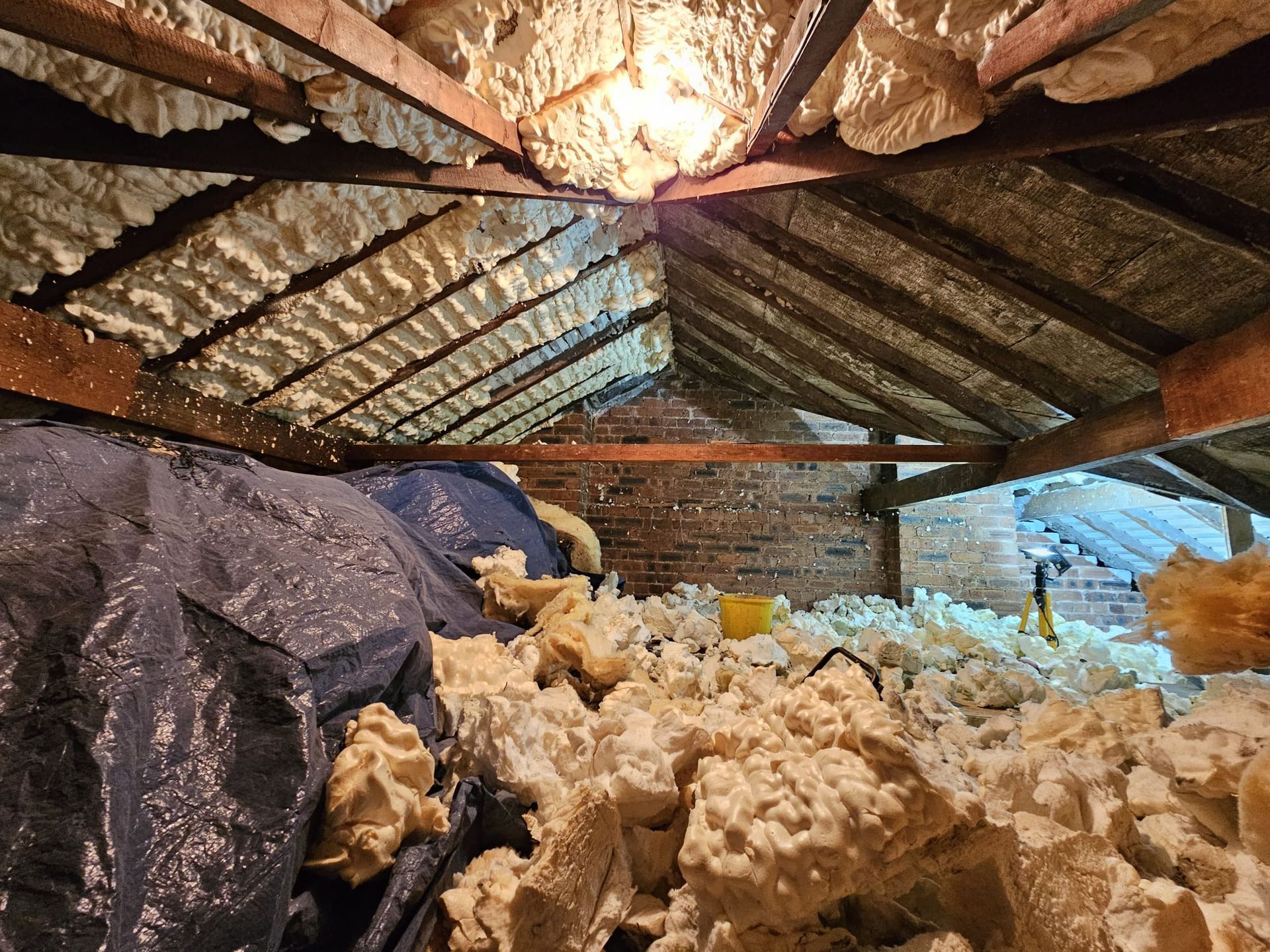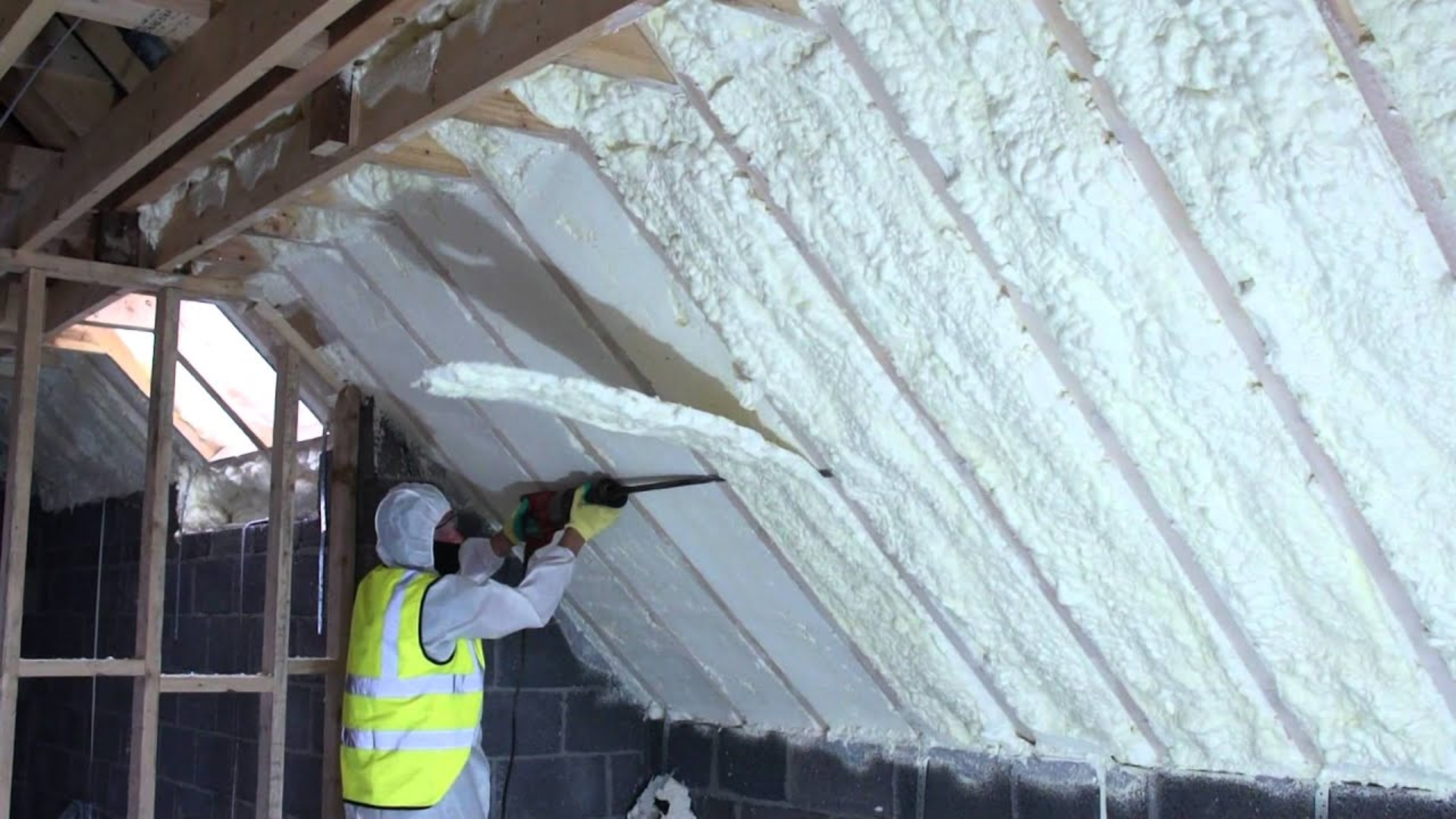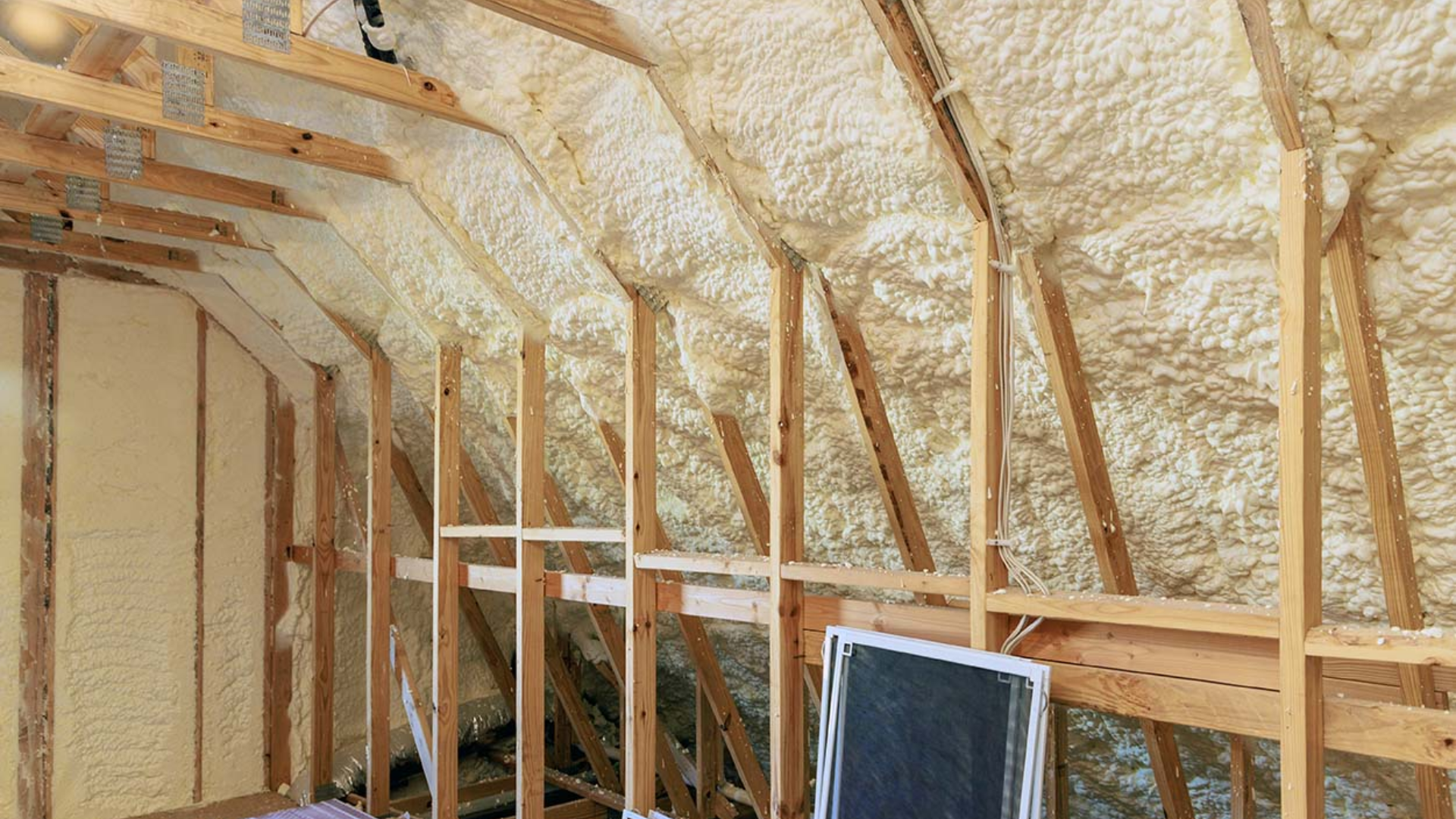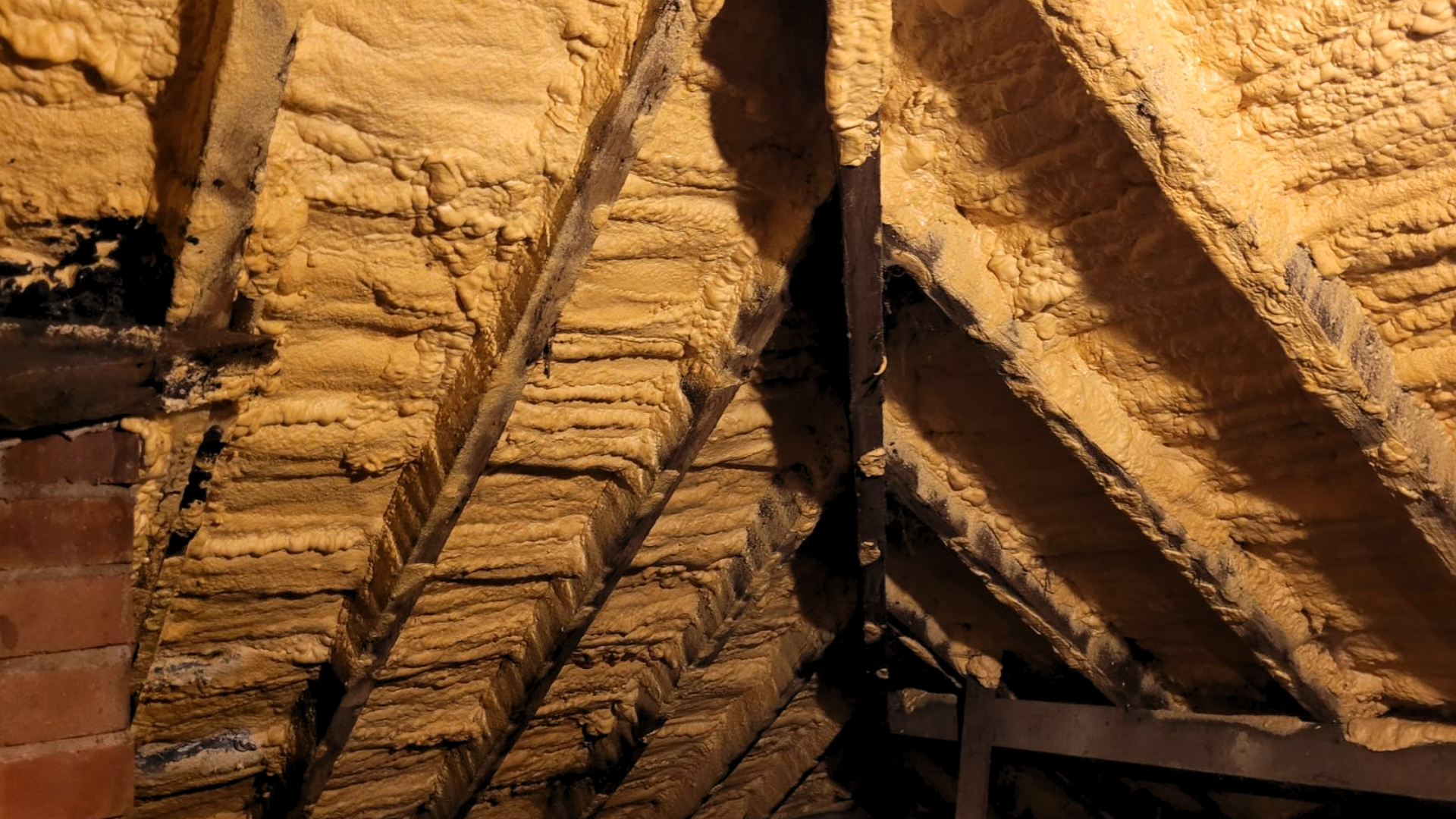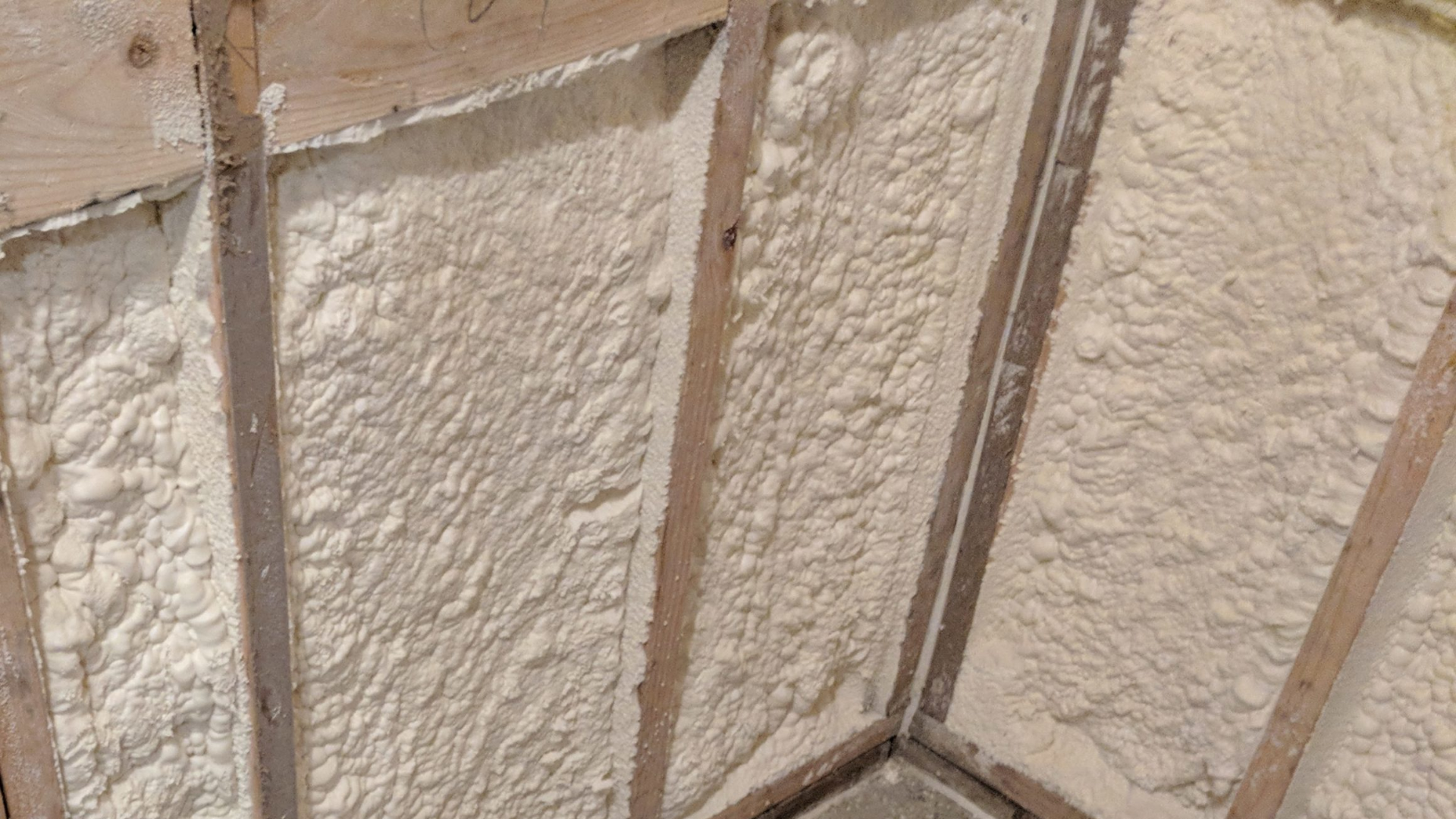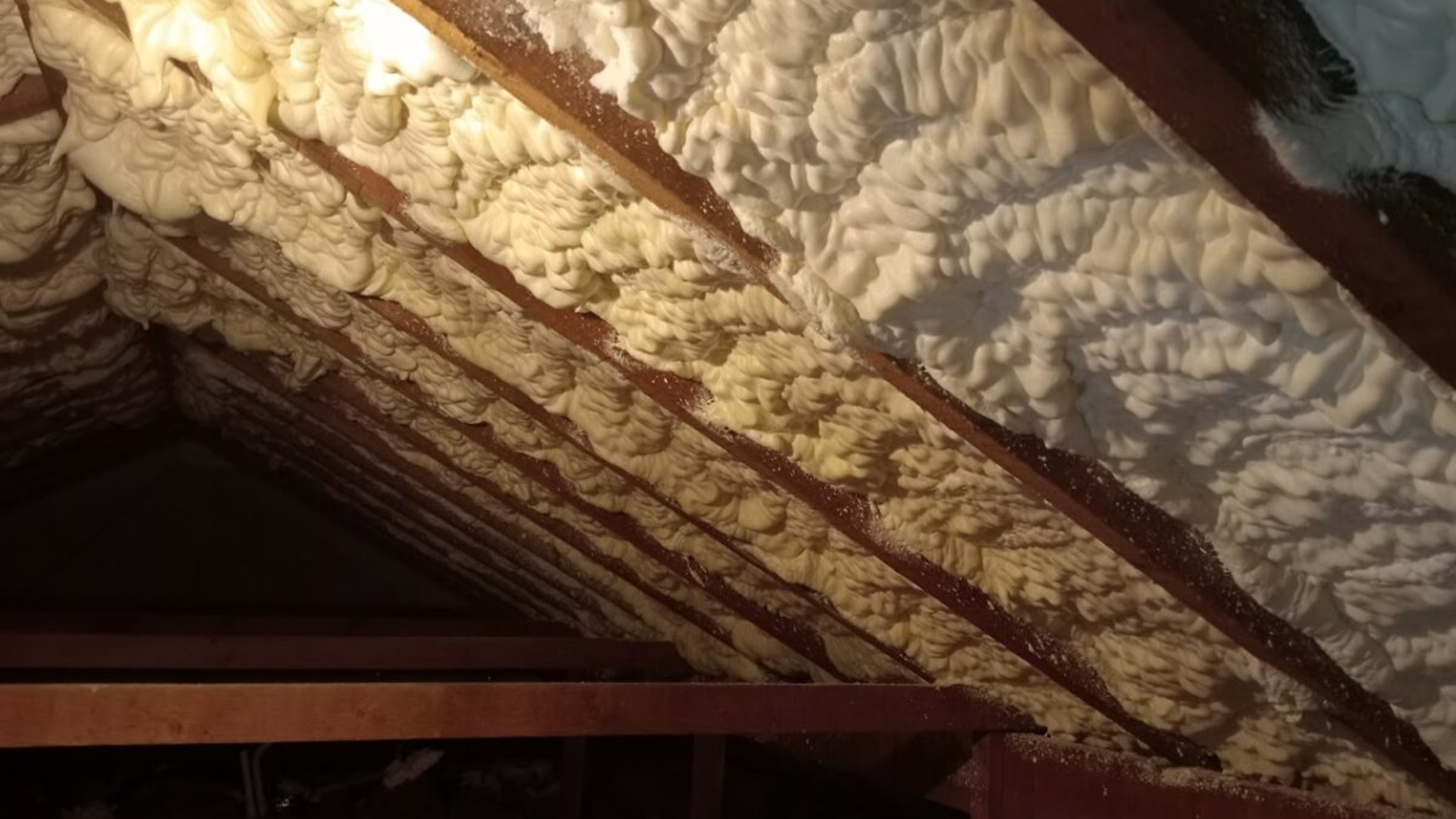Expanding the Home: How to Insulate a Loft Conversion
Why you need to insulate your loft conversion properly!
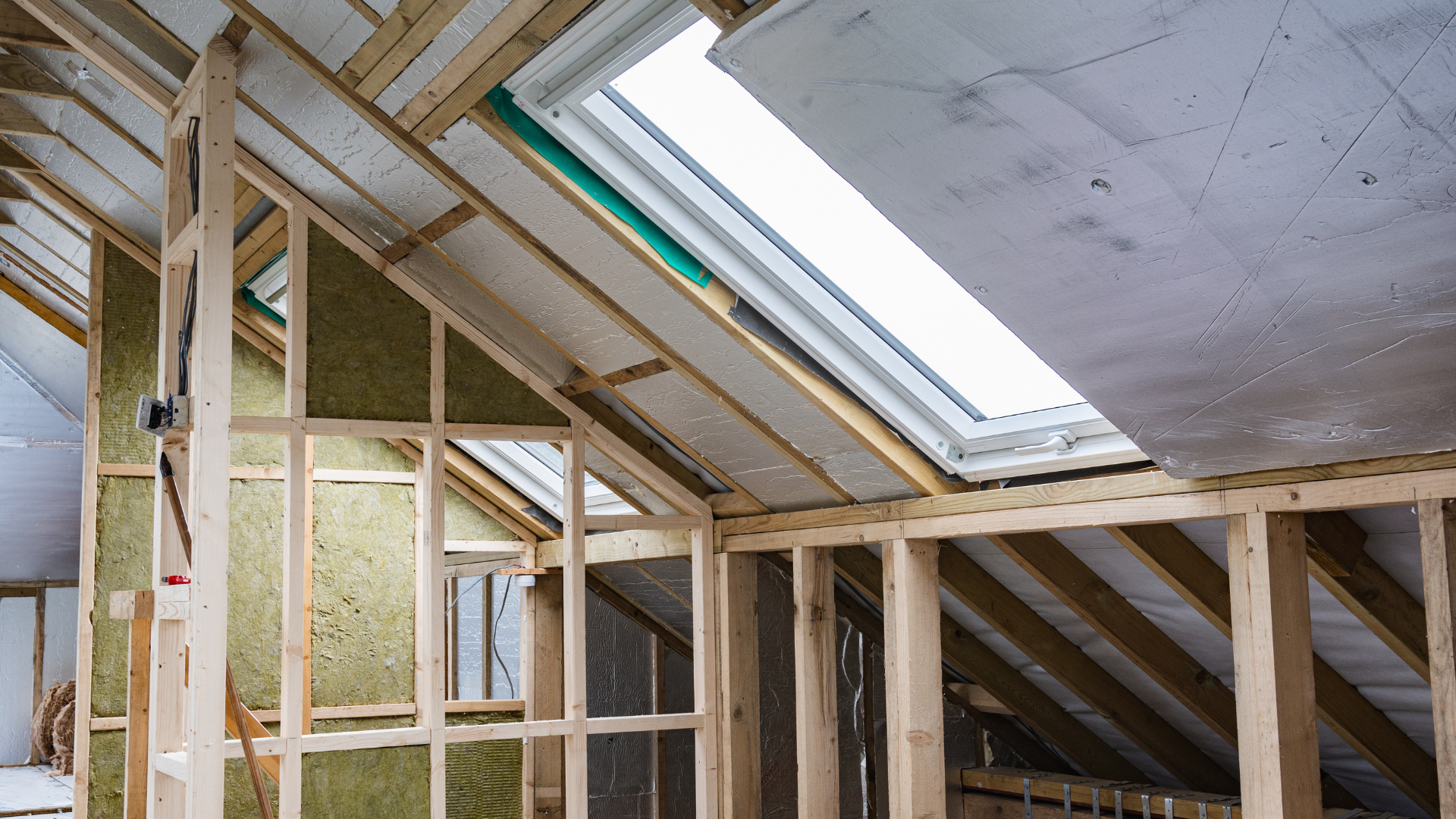
Loft conversions are a popular choice for homeowners looking to expand their living space without the need for an extension. Not only do they provide valuable extra rooms, but they also add value to the property. However, when creating a loft conversion, it's crucial to consider insulation to ensure a comfortable and energy-efficient living environment. In this blog, we will explore the importance of insulating a loft conversion and provide a step-by-step guide on how to achieve optimal insulation results.
Understanding the Importance of Loft Conversion Insulation
Insulating a loft conversion is essential for several reasons. Firstly, it helps regulate the temperature within the space, keeping it warm during winters and cool during summers. Proper insulation also minimises heat loss, resulting in reduced energy consumption and lower utility bills. Additionally, effective insulation contributes to soundproofing, creating a peaceful and tranquil living environment.
Types of Insulation Materials
There are various insulation materials available for loft conversions. The choice depends on factors such as budget, desired insulation performance, and ease of installation. Common insulation materials include:
Mineral Wool Insulation: Mineral wool, such as glass wool or rock wool, is a popular choice for loft insulation. It provides excellent thermal and sound insulation properties. Mineral wool insulation is relatively easy to install and offers effective insulation when placed between and over the rafters.
Insulated Plasterboard: Insulated plasterboard combines insulation and a finished surface in one product. It can be fixed directly to the walls or ceiling, providing both insulation and a smooth, ready-to-paint finish.
Rigid Foam Boards: Rigid foam boards, such as polyisocyanurate (PIR) or extruded polystyrene (XPS), offer high thermal resistance and can be used to insulate the loft floor between the joists.
Reflective Insulation: Reflective insulation, like SuperQuilt, can be used to meet building regulations for loft conversions without using PIR insulation or fibre between the rafters.
Step-by-Step Guide to Insulate a Loft Conversion
Now let's delve into the step-by-step process of insulating a loft conversion:
Step 1: Assess the Current Insulation: Evaluate the existing insulation, if any, and determine if it needs to be upgraded or replaced.
Step 2: Air Seal the Loft: Identify and seal any gaps, cracks, or openings that could allow air leakage. Use sealant or insulation foam to ensure an airtight space.
Step 3: Insulate the Roof: Install insulation material between the rafters or directly beneath the roof, depending on the type of loft conversion. Ensure proper coverage and avoid compressing the insulation.
Step 4: Insulate the Walls: If the loft conversion has exposed walls, consider adding insulation boards or a stud wall with insulation in between. This will enhance thermal and acoustic insulation.
Step 5: Floor Insulation: If the loft conversion has a suspended floor, insulate it with insulation boards or mineral wool. Ensure complete coverage and seal any gaps.
Step 6: Install Vapour Barrier: To prevent condensation and moisture buildup, install a vapour barrier on the warm side of the insulation.
Step 7: Finish with Plasterboard or Panelling: Complete the insulation process by fixing plasterboard or panelling to the walls and ceiling, providing a finished look to the loft conversion.
Benefits of Proper Loft Conversion Insulation
Investing time and effort into insulating a loft conversion offers numerous benefits:
a. Enhanced Energy Efficiency: Proper insulation minimises heat loss, reducing the need for excessive heating or cooling. This leads to lower energy consumption and reduced utility bills.
b. Improved Comfort: Insulation helps maintain a consistent temperature, creating a comfortable living space throughout the year.
c. Noise Reduction: Adequate insulation reduces external noise, providing a quieter and more peaceful environment.
d. Increased Property Value: A well-insulated loft conversion adds value to the property and makes it more attractive
to potential buyers or tenants. It showcases the property as energy-efficient and offers additional usable space.
e. Compliance with Building Regulations: Proper insulation ensures compliance with building regulations, which may require certain insulation standards to be met.
f. Environmental Benefits: Insulation contributes to reducing carbon emissions by improving energy efficiency and reducing reliance on heating and cooling systems.
g. Condensation Prevention: Effective insulation, combined with proper ventilation, helps prevent condensation and the associated issues of mould and dampness.
Additional Tips for Loft Conversion Insulation
Here are a few additional tips to ensure a successful insulation project:
a. Consult a Professional: If you're unsure about the insulation process or need guidance, it's advisable to consult a professional insulation installer who can assess your specific requirements and provide expert advice.
b. Consider Thermal Bridging: Pay attention to thermal bridging, which occurs when there are gaps in the insulation or when materials with higher thermal conductivity are present. Use appropriate measures to minimise thermal bridging and maintain insulation continuity.
c. Ventilation: Adequate ventilation is crucial to maintain airflow and prevent moisture buildup. Install roof vents or eaves vents to ensure proper ventilation within the loft space.
d. Seek Grants and Incentives: Explore any available grants, subsidies, or incentives for loft insulation. Local authorities, energy companies, or governmental schemes may offer financial support for energy-efficient home improvements.
Insulating a loft conversion is a vital step to create a comfortable, energy-efficient, and sustainable living space. By investing in proper insulation materials and following the step-by-step guide outlined in this blog, you can enhance the thermal performance, soundproofing, and overall comfort of your loft conversion. Moreover, a well-insulated loft conversion adds value to your property and contributes to a more sustainable future. So, take the necessary steps to insulate your loft conversion and enjoy the benefits it brings to your home and your quality of life.
Remember, if you require expert advice or assistance, don't hesitate to consult with insulation professionals who can provide tailored solutions for your specific needs.
For more news regarding insulation, spray foam removal and general insulation news, head to our ever expanding
blog page.
Book an appointment


